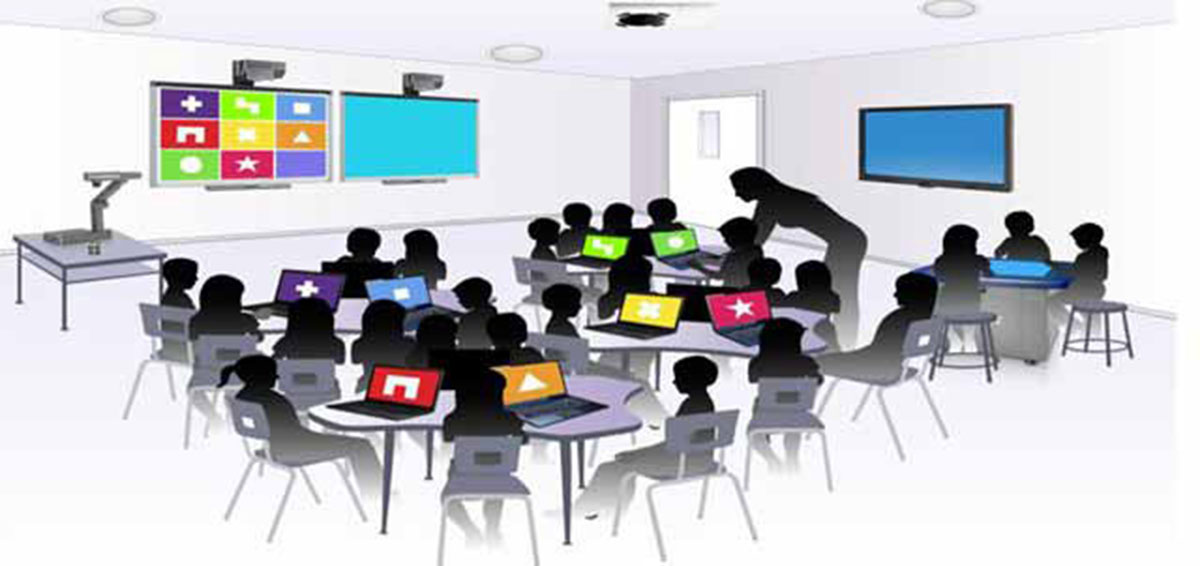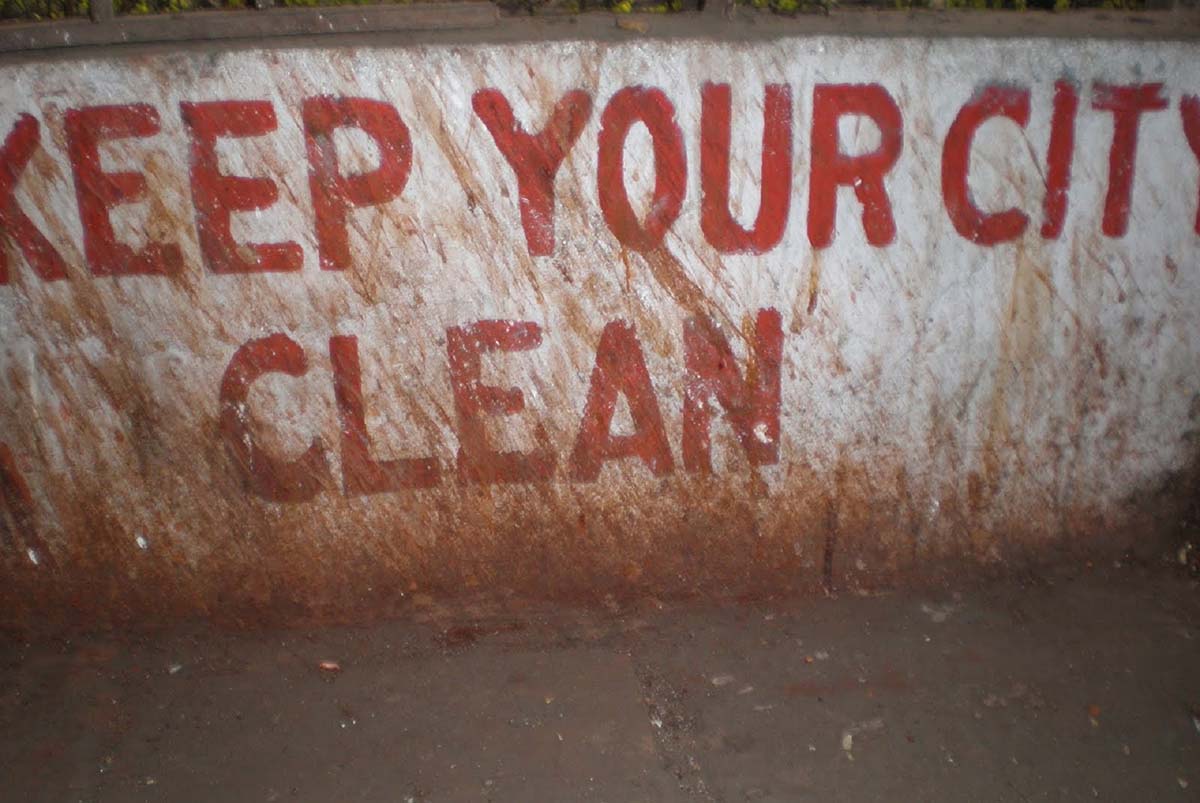At a time when parents are raising loans to send their children to better coaching centres, Azra Hussain suggests that students can use the virtual classrooms which are free and perhaps better

In the era of information and knowledge, education is easily the most valuable asset an individual can possibly have. Most of us are fortunate enough to be born in families that can afford to educate us, but some people aren’t as lucky. There exist millions of people who never even graduated high school. According to UNESCO Institute for Statistics (UIS), about 781 million adults across the world are still illiterate, and unsurprisingly, over 75 per cent of them come from third-world countries located in South Asia, West Asia, and sub-Saharan Africa.
Most people living in developing or underdeveloped regions do not necessarily have the resources needed to educate themselves or their children. In fact, 1.77 million people in India can’t even afford the luxury of a home and have resorted to live on the streets. Extensive child labour, sexism, poverty, superstitious beliefs, conflict and lack of a proper, well-functioning education system are only a few of the countless number of factors contributing to illiteracy in India.
Due to the overwhelming number of issues, people have started to seek answers outside of the system instead of looking for a solution inside of it. This revolution is taking place with the help of technology. Video-sharing platforms like YouTube are filled with hundreds and thousands of videos about mathematics, science, literature and language. The world has been made a much smaller, more accessible place thanks to the internet.
Sal Khan, the founder of Khan Academy says that he started making YouTube videos to help teach his cousins who lived far away from him. After a while of doing so, it dawned upon him that using video sharing-websites to teach people was actually a lot more effective than a long, boring lecture at school. This was because the person using these resources could now learn at his/her own pace without wasting any time. A student could pause, repeat and review topics that they missed or did not quite understand till he/she understood it. It, therefore, made the whole process of education way more effective, interactive and beneficial.
The actual growth of Khan Academy started, however, when the viewer-base of the channel increased and people began leaving comments thanking Sal and requesting him for lectures on certain topics. Slowly but steadily, the small YouTube channel grew into a huge non-profit organisation which is rapidly changing the way people view education.
In today’s world, education is more expensive and time-consuming than ever before. It is also, sadly, more ineffective than ever before. In a class full of students, a single teacher does not have enough time to focus on each child’s queries, because of which, children who learn at a slower pace are considered to be ‘lazy’ or ‘special’. This is not the case. Every single human being is unique, and so is their way of learning. The inefficiency of the current learning system that we have adopted is exactly what makes a lot of kids dislike studying.
Websites like Khan Academy are completely transforming the way we learn, with over a million new people visiting the site every day. Not only is studying from online resources completely free of cost, but it is also easy, convenient, and accessible from the farthest reaches of the world (provided that there is an internet connection available).
The implementation of animation and graphics into learning can help students to not only understand better but to also enjoy and look forward to more. Education should not be about getting good marks and presentable grades, it should be about understanding, learning and being able to apply the knowledge to day to day life, and educators who know this are striving to make the world a better and more educated place.
Kashmir is better placed on this front. It has huge internet and smart phone penetration per 1000 of the population. It can be a better alternative for the children who may not be in a position to afford costly coaching.















